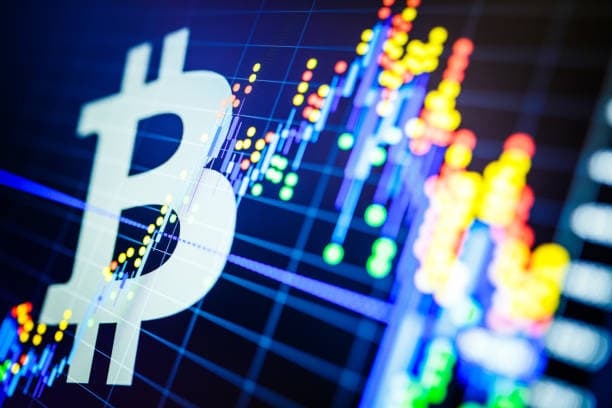Spot trading and futures trading might appear alike, yet they provide distinctly different routes to achieving success. Each method has its own unique advantages, risks, and practical uses that can greatly influence your investment results.
Whether you are seeking immediate profits or trying to protect against potential future risks, grasping what is spot trading and futures trading and the notable differences between them will enhance your competitiveness in any market.
In this comprehensive article, we’ll shed light on six main differences that, if you know, will help you choose the suitable trading style. So, stay with us to break them down!
- Definition
Spot trading is all about making an immediate exchange of financial instruments, such as stocks, commodities, or currencies. In this type of trading, transactions occur at the current market price—known as “spot price.”
In contrast, futures trading involves agreements to buy and sell an asset at a predetermined price at a future date. That’s where traders can speculate on price movements with no immediate exchange of the underlying asset.
- Settlement Timing
In spot trading, transactions are settled promptly—usually within two business days. This implies that the buyer pays for the asset and takes immediate ownership.
On the contrary, futures trading has a predetermined settlement date—usually ranging from weeks to months into the future. Future traders need to manage their positions until that date.
- Leverage
Spot traders purchase assets outright. It requires full payment at the time of purchase and in cash. However, future trading allows for significant leverage, which enables traders to control large positions with a relatively small amount of capital. Hence, this can amplify both potential profits and losses.
- Use Cases
Investors generally engage in spot trading for immediate needs, like purchasing commodities or securities for immediate access.
Futures trading is frequently utilized for hedging purposes, which empowers businesses to lock in prices for future transactions or speculative trading. So, they can profit from anticipated price movements without holding the underlying asset.
- Market Dynamics
Spot markets are often considered more straightforward, with prices driven by current supply and demand dynamics.
Alternatively, futures markets can reflect expectations about future market conditions. Numerous factors that influence these markets are interest rates, economic forecasts, and geopolitical events.
- Risk Profiles
Spot trading is typically seen as less risky thanks to its straightforward nature and spontaneous settlement. However, it’s still subject to market volatility.
On the flip side, futures trading carries higher risk owing to leverage and the potential for a margin call in case the market moves against a position. So, it’s wise to understand and manage this risk, which will help you navigate the futures market effectively.
Wrapping It Up
Both spot trading and futures trading serve distinct purposes in the financial markets. But recognizing their key differences is as essential as knowing your objectives, risk tolerance, and market conditions. So, empower yourself with adequate knowledge, make the right choice, and start making the most out of your trading journey.

